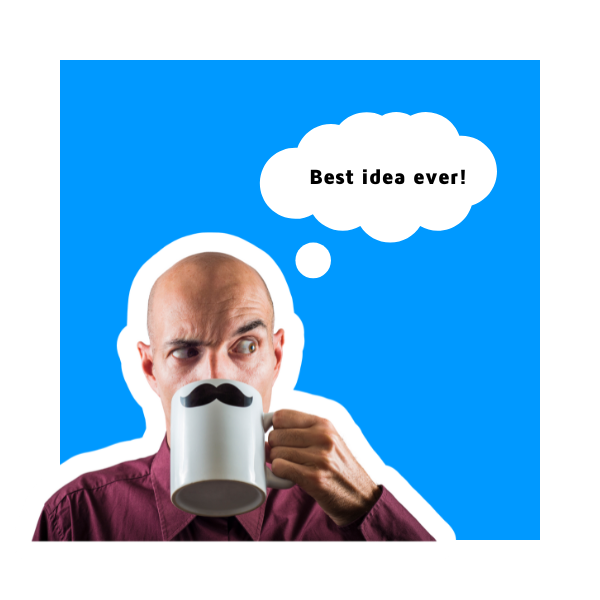Where to place keywords on your webpage or article

When it comes to creating a website, one of the most important aspects is optimising it for search engines. One of the best ways to do this is by using keywords strategically throughout your website. In this article, we will guide you through the process of placing keywords in your website effectively to improve your search engine ranking.
1. Title and Description Tags
The title tag is the main title of your webpage that appears in search results, while the description tag is a brief summary of your webpage that also appears in search results. These two tags are extremely important in terms of SEO. Make sure to include your main keyword in the title and description tags, while keeping them concise and compelling.
2. H1 and H2 Headings
H1 and H2 headings are used to structure your content and make it more readable for your visitors. These headings also help search engines understand the content of your webpage. It's important to include your main keyword in the H1 heading, and variations of your keyword in the H2 headings.
In addition to improving your SEO, having your keywords in strategic places like heading on your website also helps with conversion rates and keeping visitors on the page. When visitors land on your webpage, they want to be reassured that they have landed in the right place. Using headings that are specific to your content, rather than generic headings like "Welcome," will help visitors understand that they have landed in the right place and encourage them to stay on your website.
3. First Paragraph
The first paragraph of your webpage should be engaging and include your main keyword. This will help search engines understand the main topic of your webpage and make it more likely that your webpage will appear in relevant search results.
4. Alt Tags
Alt tags are used to describe the content of images on your webpage. They are more important for accessibility than SEO. Do your best to include your main keyword in the alt tag of any images that are relevant to your content. However, it's important to make sure that the alt tag accurately describes the image for the visually impaired, and not just used for keywords.
For example, if you have an image of a red apple on your webpage, your alt tag should describe the apple, such as "Red apple with a stem and leaves" rather than just using the keyword "apple". This will not only help improve your SEO, but also provide a better experience for visually impaired users who are relying on the alt tag to understand the content of your webpage.
5. Don't Overdo It
While it's important to include your main keyword throughout your website, it's also important not to overdo it. Keyword stuffing, or overusing keywords, can actually hurt your SEO. Make sure to use your keywords in a natural way that doesn't feel forced.
In conclusion
Placing keywords in your website is a crucial part of optimising your website for search engines. By using keywords strategically in your title and description tags, H1 and H2 headings, first paragraph, alt tags, and other areas of your website, you can improve your search engine ranking, conversion rates, and keep visitors on your website. Just remember to use your keywords in a natural way, and not to overdo it. Make sure that the alt tag accurately describes the image and that the image is relevant to the content on the page. By following these guidelines, you can improve your SEO and provide a better user experience for all visitors to your website.
Index
Get a professional website built-for-you
Take the stress out of getting your business online with a new website
Built-For-You
100% Satisfaction
High-Performance
Mobile First
Top Support
AI Assistant
